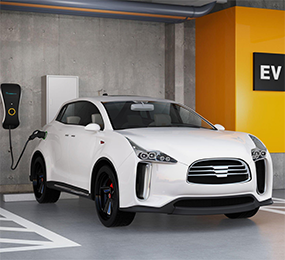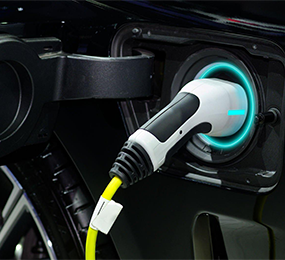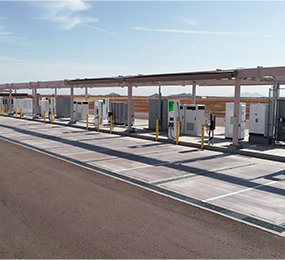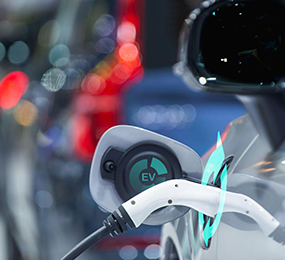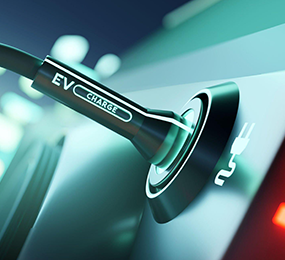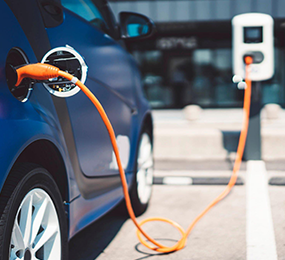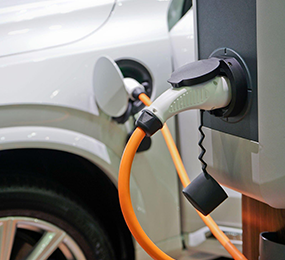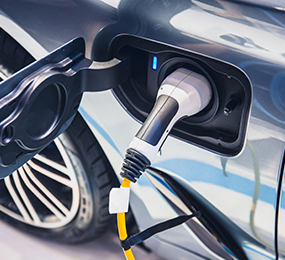Battery Swapping vs. Charging Stations: A Comparative Analysis
The rapid growth of electric vehicles (EVs) has necessitated innovative solutions for charging infrastructure.1 Two primary models have emerged: battery swapping and charging stations. Each approach offers distinct advantages and challenges.
Battery swapping involves quickly exchanging a depleted battery with a fully charged one at designated swapping stations.2This method can significantly reduce charging time, making it a convenient option for EV users.3 However, it requires a substantial investment in infrastructure and standardized battery systems.4
Charging stations, on the other hand, allow EVs to recharge directly using electricity.5 While this approach is more familiar and widely adopted, it can be time-consuming, especially for long-distance travel. However, with advancements in fast-charging technology, charging times are gradually decreasing.6
The viability of each model depends on various factors, including the specific needs of EV users, the availability of charging infrastructure, and the cost-effectiveness of each approach. In urban areas with high traffic density, battery swapping could be a more efficient solution, as it can reduce congestion and minimize charging times.7 For long-distance travel, a combination of fast-charging stations and battery swapping stations may be the most practical approach.
Ultimately, the choice between battery swapping and charging stations will likely depend on the specific market conditions and consumer preferences. A hybrid approach, combining both technologies, could offer the best of both worlds, providing flexibility and convenience for EV users.
Visit our website to know more: https://www.leadventgrp.com/events/3rd-annual-ev-charging-infrastructure-forum/details
For more information and group participation, contact us: [email protected]
Leadvent Group - Industry Leading Events for Business Leaders!
www.leadventgrp.com| [email protected]


